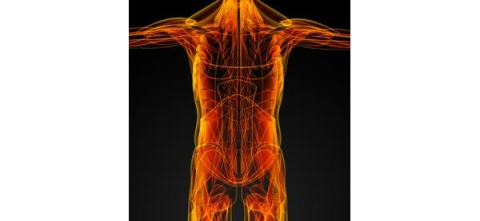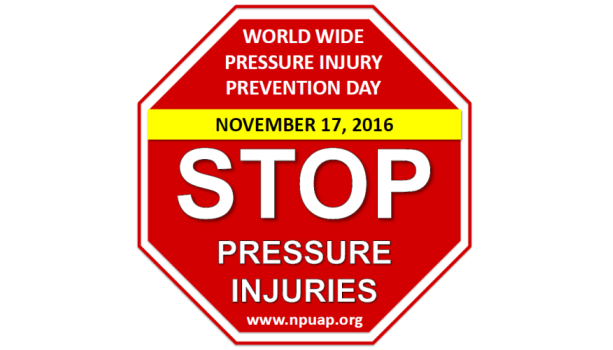Dietary Protein: Timing is Key for Preserving Lean Body Mass
March 31, 2016
Recently, I attended a webinar that focused on dietary protein and preserving lean muscle mass. There is a wealth of research on this topic, in particular, as it relates to older adults and protecting muscle health during inactivity. Dr. Robert Demling noted the effect of lean body mass (LBM) loss on wound healing. Healing a wound requires increased calories to prevent the body from breaking down protein (LBM) for energy, thus depleting protein stores required for protein synthesis and healing. Lean body mass is metabolically active, transports protein throughout the body and is essential for survival as it contains all of the skeletal and smooth muscles and immune cells. Healthy adults lose between 3-8% of LBM per decade and after age 70 muscle loss increases to 15% per decade. This loss of LBM or sarcopenia is an age-related, insidious loss of lean muscle mass accelerated by physical inactivity and poor nutrition.
Bed Rest Accelerates LBM Loss
Adults experiencing an acute event (such as pneumonia or hip fractures) that are placed on bed rest lose muscles mass rapidly and without nutrition intervention, they are at risk for pressure ulcers. Studies indicate that even healthy adults placed on bed rest for 28 days lost 2% of lean leg mass compared to healthy older adults who had 10% loss in just 10 days. However, older hospitalized adults had a 15% loss of LBM in just four days, which is a dramatic difference. Extended bed rest and inactivity promotes loss of LBM regardless of age. The body’s stress response to wounds releases inflammatory mediators that accelerates LBM loss and escalates the body’s metabolic rate, increasing the requirement for adequate protein to meet the demand.
Protein Timing is Key in Healing Wounds
Since dietary protein impacts muscle protein synthesis, the key is understanding what amount is beneficial and how it should be distributed. Research on the ability of protein rich foods to stimulate protein anabolism indicated a 4oz serving of meat (30 grams) increased protein synthesis by 50% in both young and older adults. Consuming 90 grams of protein evenly over three meals provided a greater protein anabolic response then the typical pattern of eating 10 grams at breakfast, 15 grams at lunch and 65 grams in the evening. Based on a 75kg adult, this equals 1.2 grams/kg/day, which is the guideline recommendation for pressure ulcer healing. Individuals with estimated protein needs higher than 90 grams/day may need a high protein snack or bedtime nourishment to achieve the even protein distribution. Since we cannot store excess protein for later anabolism, the key is even distribution over 24 hours for maximum protein synthesis.
About The Author
Mary Ellen Posthauer RDN, CD, LD, FAND is an award winning dietitian, consultant for MEP Healthcare Dietary Services, published author, and member of the Purdue University Hall of Fame, Department of Foods and Nutrition, having held positions on numerous boards and panels including the National Pressure Ulcer Advisory Panel and the American Dietetic Association's Unintentional Weight Loss work group.
The views and opinions expressed in this blog are solely those of the author, and do not represent the views of WoundSource, HMP Global, its affiliates, or subsidiary companies.












Follow WoundSource
Tweets by WoundSource